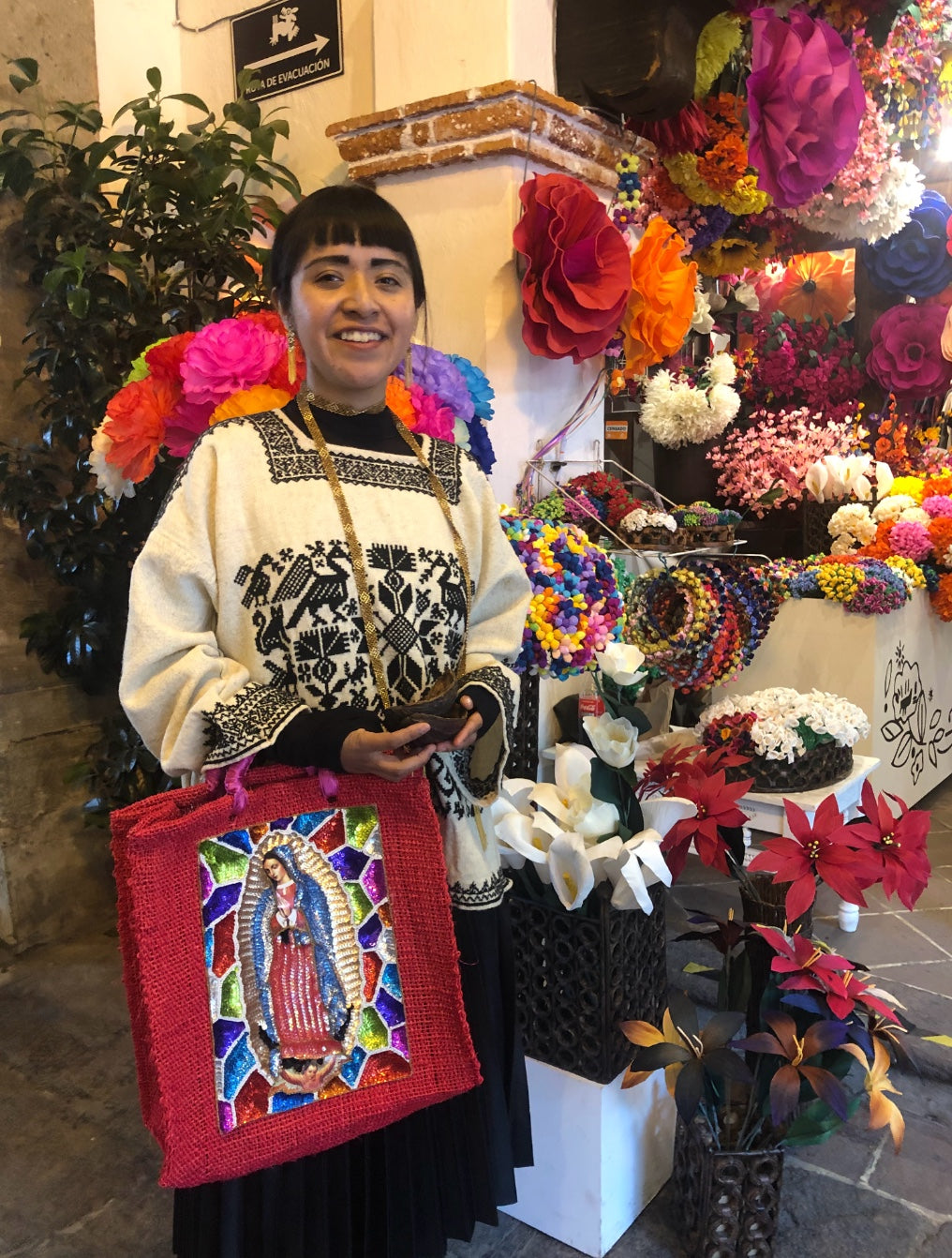Mexico’s “Barrios Mágicos” (Magical Neighborhoods) program, like the Pueblos Mágicos initiative, is designed to highlight and promote neighborhoods within cities that offer unique cultural, historical, and social significance. These barrios are often rich in history, architecture, and tradition, providing visitors with an immersive experience of local life and culture. Here’s a list and description of some notable Barrios Mágicos in Mexico:
Coyoacán, Mexico City
Coyoacán, one of the most famous Barrios Mágicos, is known for its relaxed atmosphere, tree lined street, colonial architecture, and vibrant cultural scene.
Key Attractions:
Frida Kahlo Museum (La Casa Azul):The former home of Frida Kahlo and, now a museum dedicated to their lives and works.
Coyoacán Market:A bustling market where visitors can find traditional Mexican foods, crafts, and souvenirs.
Centenario Garden and Hidalgo Square: Central plazas with fountains, gardens, and a lively atmosphere, perfect for a leisurely stroll.
Coyoacán is also known for its historic churches, such as the San Juan Bautista Church, and its numerous cafes and art galleries.
San Ángel, Mexico City
San Ángel is another enchanting neighborhood in Mexico City, characterized by its cobblestone streets, colonial buildings, and artistic heritage.
Key Attractions:
- El Bazar Sábado: A weekly art and crafts market held every Saturday, showcasing works by local artisans
- San Jacinto Plaza: A picturesque square surrounded by historic buildings, often filled with artists displaying their work.
- Diego Rivera and Frida Kahlo Studio Museum: The former studios of the famous artists, now a museum exhibiting their art and personal items.
San Ángel’s charm is further enhanced by its beautiful gardens and historic convents.
Xochimilco, Mexico City
Xochimilco is famous for its extensive network of canals, colorful trajineras (gondola-like boats), and floating gardens (chinampas).
Key Attractions:
- Canal Tours: A boat ride on the canals is a must, often accompanied by mariachi music and food vendors on boats.
- Xochimilco Ecological Park: A protected area that preserves the natural and cultural heritage of the chinampas.
- Doll Island (Isla de las Muñecas): A unique and eerie attraction filled with old dolls hanging from trees, originally created as a tribute to a deceased girl.
Xochimilco’s vibrant and festive atmosphere, especially during weekends, makes it a lively destination.
Santa María la Ribera, Mexico City
Santa María la Ribera is known for its architectural diversity and cultural institutions.
Key Attractions:
- Alameda de Santa María:A central park featuring the iconic Moorish Kiosk, a beautiful structure that serves as the neighborhood's symbol.
- Geology Museum: Housed in a historic building, this museum offers a fascinating collection of geological specimens.
- Chopo University Museum: A cultural center that hosts contemporary art exhibitions, performances, and cultural events.
Santa María la Ribera’s mix of historic charm and cultural vibrancy makes it a unique neighborhood.
Roma-Condesa, Mexico City
The Roma and Condesa neighborhoods are adjacent to each other and are known for their trendy, cosmopolitan vibe, beautiful architecture, and bustling nightlife.
Key Attractions:
- Parque México:A large, beautifully landscaped park in Condesa, perfect for walking, jogging, and people-watching.
- Art Deco and Modernist Architecture: Both neighborhoods are renowned for their stunning examples of these architectural styles.
- Cultural Spaces and Cafes:Roma-Condesa is filled with art galleries, bookstores, cafes, and restaurants that attract a hip, young crowd.
These neighborhoods are also known for their vibrant street art and cultural festivals.
Tlalpan, Mexico City
Tlalpan is one of the largest and oldest boroughs in Mexico City, offering a mix of natural beauty and historical sites.
Key Attractions:
- Historic Center of Tlalpan: A charming area with colonial buildings, plazas, and churches, such as the Parish of San Agustín.
- National Institute of Cardiology: An architecturally significant medical institution with a rich history.
Tlalpan’s combination of history and modern attractions makes it a diverse and interesting neighborhood.
Mixcoac, Mexico City
Mixcoac is known for its rich history, dating back to pre-Hispanic times, and its beautiful colonial-era buildings.
Key Attractions:
- Plaza de los Arcángeles: A picturesque square surrounded by historic buildings and cafes.
- Octavio Paz House Museum: The former residence of the Nobel Prize-winning author, now a museum dedicated to his life and works.
- Mixcoac Market: A traditional market offering a variety of local foods and goods.
Mixcoac’s historical significance and cultural offerings make it a fascinating neighborhood to explore.
Mexico’s Barrios Mágicos offer a rich tapestry of experiences, each neighborhood bringing its own unique blend of history, culture, and modern-day charm. From the bohemian streets of Coyoacán to the artistic markets of San Ángel, the festive canals of Xochimilco to the cosmopolitan vibe of Roma-Condesa, these neighborhoods provide a deep dive into the vibrant life of Mexican cities. Whether you are interested in history, art, nature, or simply enjoying the local atmosphere, Mexico’s Barrios Mágicos have something special to offer.

